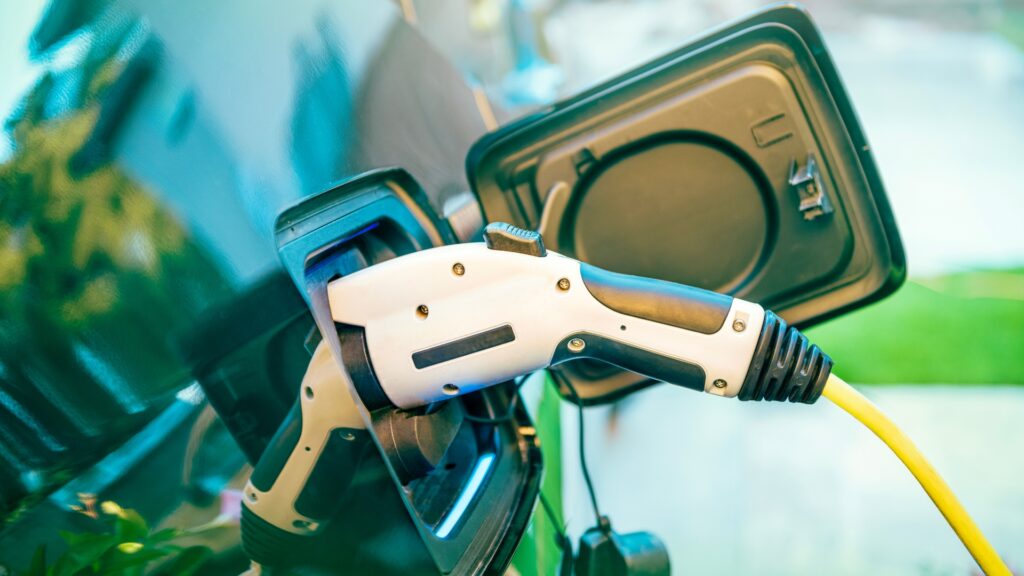As an automotive enthusiast, I’ve witnessed a significant shift in the industry towards sustainability and environmental responsibility. Car manufacturers are stepping up their game to reduce carbon footprints and embrace greener practices. From innovative technologies to eco-friendly materials, the automotive sector is undergoing a transformation that is not only beneficial for the planet but also for drivers looking for more eco-conscious options.
In this article, I’ll delve into the strategies that leading car manufacturers are employing to lower emissions and promote sustainability. From electric vehicles to hybrid models and advancements in fuel efficiency, the landscape of the automotive industry is evolving rapidly. Join me as we explore how these changes are not only shaping the future of transportation but also paving the way for a more sustainable tomorrow.
Overview of Carbon Footprint Reduction in the Auto Industry
The Impact of Automotive Emissions
Automotive emissions significantly contribute to air pollution and climate change. As car manufacturers strive to reduce carbon footprints, the focus is on cutting down harmful emissions like CO2 and nitrogen oxides. Technology advancements in electric vehicles and efficient combustion engines play a vital role in minimizing the environmental impact of automotive emissions.
Global Targets for Carbon Reduction
Global initiatives target substantial reductions in carbon emissions from the transportation sector. Regulations and agreements aim to lower greenhouse gas emissions from vehicles, aligning with international climate goals. Car manufacturers are increasingly investing in sustainable practices to meet these targets, driving innovation in eco-friendly transportation solutions.
Innovative Technologies in Car Manufacturing
Innovative technologies in car manufacturing play a pivotal role in reducing carbon footprints and advancing sustainability efforts in the automotive industry. I’ll delve into two key areas where significant advancements have been made: Electric Vehicles and Hybrid Models, and Lightweight Materials and Improved Aerodynamics.
Electric Vehicles and Hybrid Models
Electric vehicles (EVs) and hybrid models have emerged as game-changers in the quest for eco-friendly transportation. I’ll highlight how these technologies are revolutionizing the automotive sector:
- Electric Vehicles (EVs): EVs are powered by rechargeable batteries, eliminating the need for traditional fuel sources and reducing carbon emissions. Companies like Tesla, Nissan, and Chevrolet have made significant strides in producing mass-market electric cars, contributing to a cleaner environment.
- Hybrid Models: Hybrid vehicles combine traditional combustion engines with electric propulsion systems, offering improved fuel efficiency and lower emissions. Models like the Toyota Prius and Honda Insight have set benchmarks for hybrid technology, showcasing the industry’s commitment to sustainability.
Lightweight Materials and Improved Aerodynamics
The use of lightweight materials and enhanced aerodynamics is another vital aspect of carbon footprint reduction in car manufacturing. Here’s how these innovations are driving environmental responsibility:
- Lightweight Materials: Car manufacturers are incorporating materials like carbon fiber, aluminum, and advanced composites to reduce vehicle weight. Lighter cars require less energy to operate, leading to lower fuel consumption and reduced greenhouse gas emissions.
- Improved Aerodynamics: Designing cars with streamlined shapes and aerodynamic features helps minimize air resistance, enhancing fuel efficiency. Companies like BMW and Mercedes-Benz are integrating innovative aerodynamic technologies to optimize airflow around vehicles, promoting sustainability.
By embracing these innovative technologies, car manufacturers are not only reducing carbon footprints but also reshaping the future of mobility towards a more sustainable and environmentally conscious direction.
Company Initiatives and Success Stories
Volvo’s Electrification Strategy
Volvo has been at the forefront of sustainability with its ambitious electrification strategy. They have committed to transitioning to a fully electric vehicle lineup by 2030, aligning with the global push for eco-friendly transportation solutions. By setting this goal, Volvo is not only reducing its carbon footprint but also setting a new standard for the automotive industry to follow suit in creating a cleaner future for all.
Toyota’s Hybrid Technology Innovations
Toyota has been a trailblazer in the development of hybrid technology innovations. With successful models like the Prius leading the market, Toyota has showcased its commitment to reducing emissions and promoting sustainability in the automotive sector. Their continuous advancements in hybrid technology highlight the importance of investing in eco-conscious initiatives to drive a more environmentally friendly future.
Regulatory Influence on Carbon Reduction
Government Policies and Emission Standards
I find it crucial to highlight the pivotal role of government policies and emission standards in driving the reduction of carbon footprints within the automotive industry. Regulatory frameworks play a key role in incentivizing car manufacturers to prioritize eco-friendly practices and sustainable technologies. By imposing strict emission standards and promoting green initiatives, governments worldwide are pushing the industry towards a more sustainable future.
Incentives for Low-Carbon Vehicles
In my assessment, incentives for low-carbon vehicles are instrumental in accelerating the adoption of environmentally friendly practices by car manufacturers. Various governments offer incentives such as tax credits, rebates, and subsidies to encourage the production and purchase of low-emission vehicles. These incentives not only benefit the environment by reducing overall carbon emissions but also provide financial advantages to both manufacturers and consumers, making green technologies more accessible and appealing.
Future Trends in Automotive Carbon Footprint Reduction
As the automotive industry continues its drive towards sustainability, advancements in technology play a crucial role in reducing carbon footprints. Let’s explore two key areas impacting this shift:
Advancements in Battery Technology
In the pursuit of greener transportation, the development of high-efficiency batteries is pivotal for reducing carbon emissions in vehicles. Battery technology advancements, such as enhanced energy density and faster charging capabilities, are revolutionizing the electric vehicle market. Companies investing in research and innovation, like Tesla with its Gigafactories, are pushing the boundaries of battery performance, making electric vehicles more accessible and eco-friendly.
The Role of Autonomous Vehicles
Autonomous driving technologies are reshaping the automotive landscape, offering promising benefits for carbon footprint reduction. Self-driving vehicles optimize routes, reduce traffic congestion, and enhance overall driving efficiency, leading to lower fuel consumption and emissions. Companies like Waymo and Tesla are at the forefront of autonomous vehicle development, integrating eco-conscious features that align with the industry’s sustainability goals. The widespread adoption of autonomous vehicles is poised to significantly impact greenhouse gas emissions and pave the way for a cleaner transportation future.




